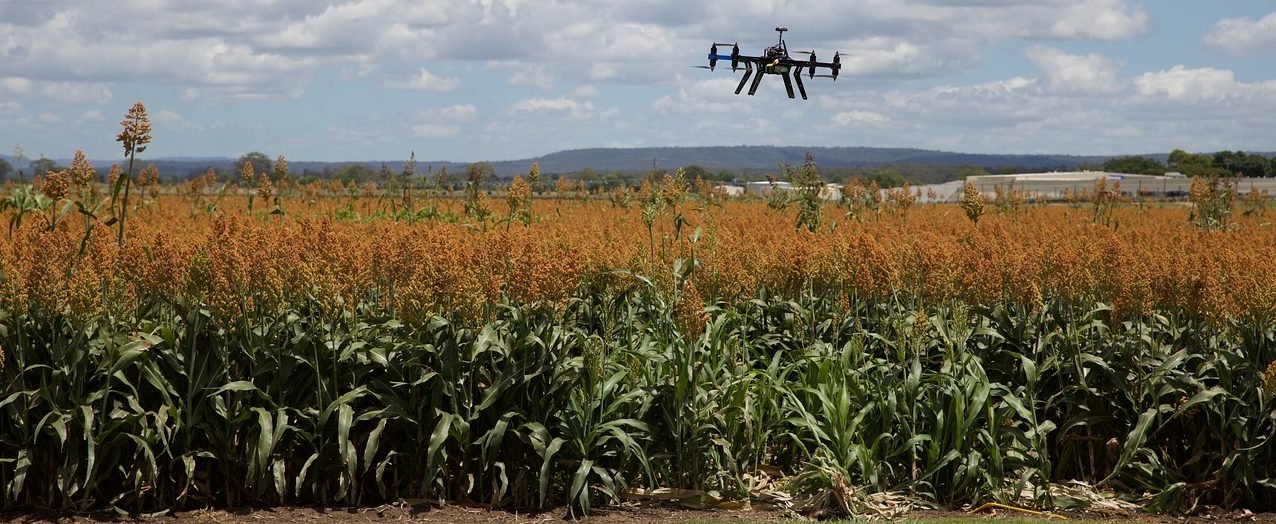

By Stephane Abrahams, VP Sales, FTS
April 15, 2019
While the Internet of Things was first conceived roughly 30 years ago, it has really started to fulfill its promise in the past few years. The concept behind it – to turn everyday objects into networked devices – has become a lot easier thanks to technological advancements. One of the main drivers is greatly increased internet speed. Now that the age of 5G mobile networks is dawning, the number of possibilities is growing even further. For device manufacturers, but also for the companies providing network connectivity to all these devices. To make the most out of new technological advancements, providers need to rethink their approach to IoT monetization.
New different services for different user groups can make billing a lot more complex for providers, especially if they did not prepare themselves the right way. If they are going to benefit from connecting large new groups of IoT devices, they need to be able to understand how IoT devices are used and effectively monetize that. This is about a lot more than just counting the number of bytes someone or something used. Because in a lot of IoT cases, connectivity revenue is going to be low. Which means the future of IoT billing will be mostly about understanding the transaction and the context of it. So, it is no longer about what is being used – instead, it is all about how it is being used.
Let us clarify this statement with an example. More and more farmers in Western Europe have drones flying over their fields, tracking and measuring different values and metrics. In some cases, this data is saved on a flash drive, which then needs to be collected physically, because networking technology is still too slow to transmit this data immediately. However, using 5G, connectivity can be added to these drones, allowing them to continuously report their findings. Farmers will be looking for service providers that can help them, not only providing the required seamless connectivity for their drones, but add to this other value-added services and relevant offers, which are specifically targeted at the farmers’ needs. This way, they show they really understand the transaction beyond connectivity-only.
However, this is not happening enough. At many providers the expansion of services is still relatively confined – and has been for some time. Meanwhile, other companies are using the network the CSP is providing to power and connect their own products. Think of smart home device manufacturers, or providers of ride sharing apps: these companies would not be able to exist without a CSP connecting their devices and services.
In order to monetize, CSP’s have to become a more significant part of the value chain and define new rules for the other different partners within it. They need to be able to define new pricing models and offers based on how a service is being used. But they need to be able to do it as fast as possible. If a billing system takes too much time to configure, it will almost always be too late and other parties will probably get their punches in first. So only if they are able to quickly apply different strategies, CSP’s will be able to make the most out of IoT billing.